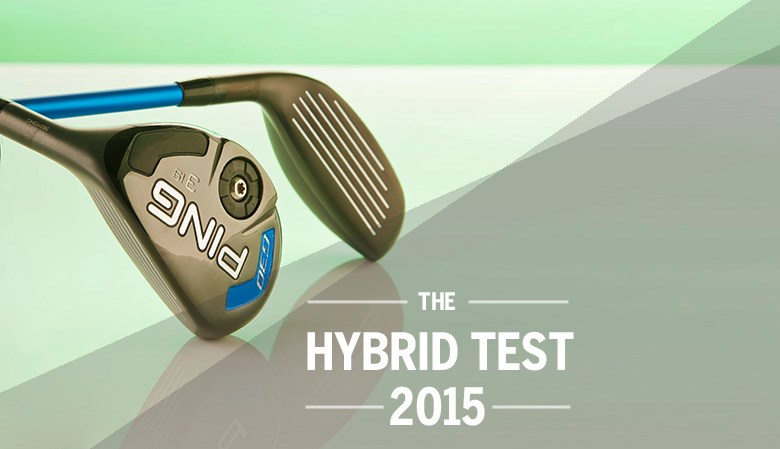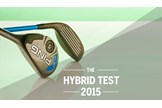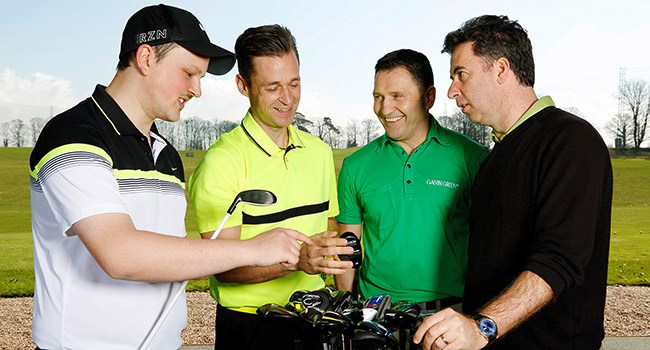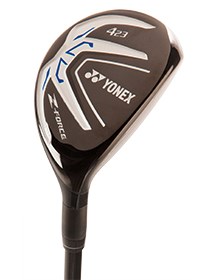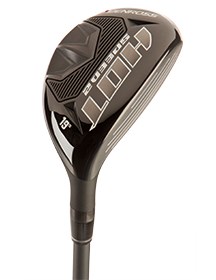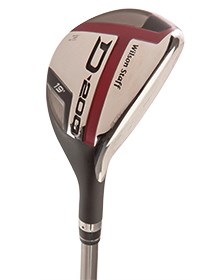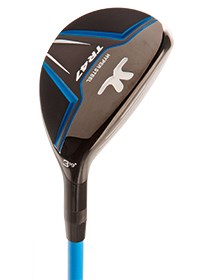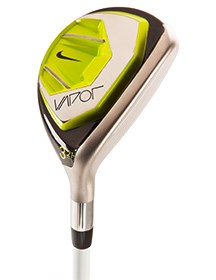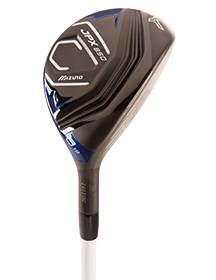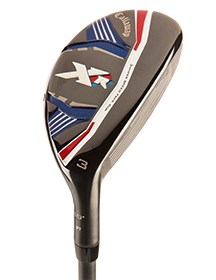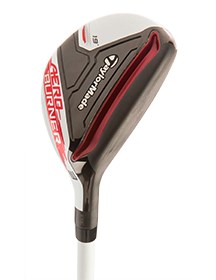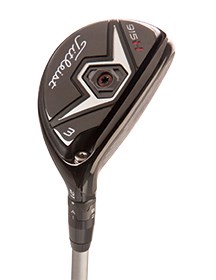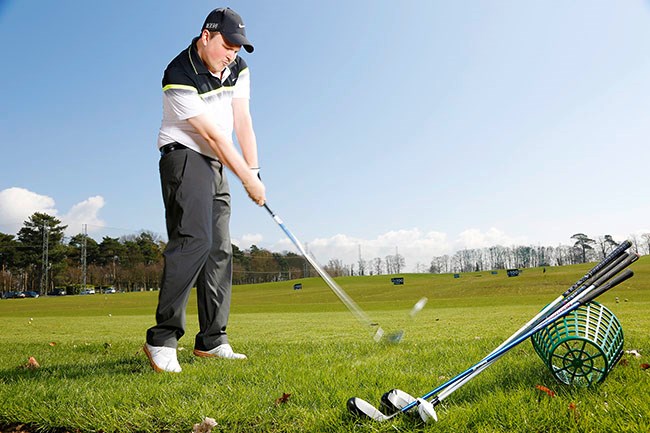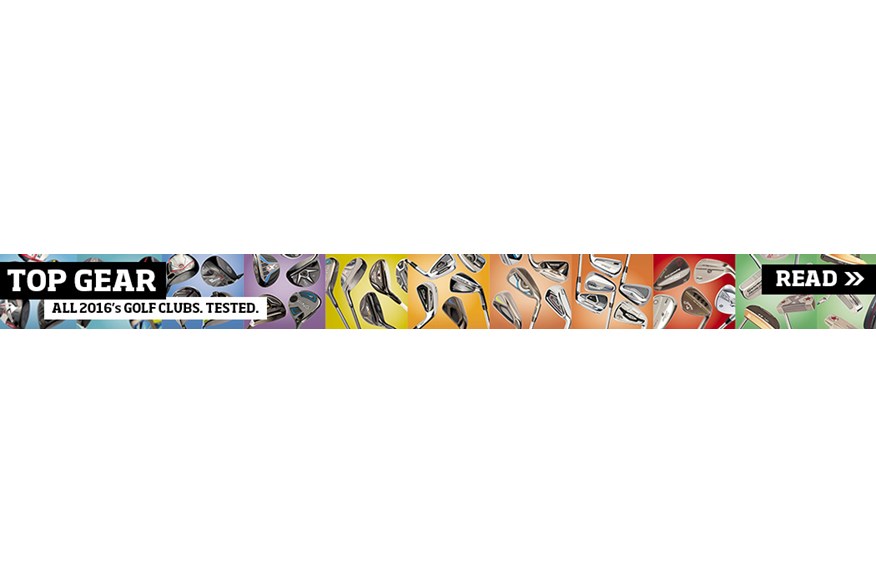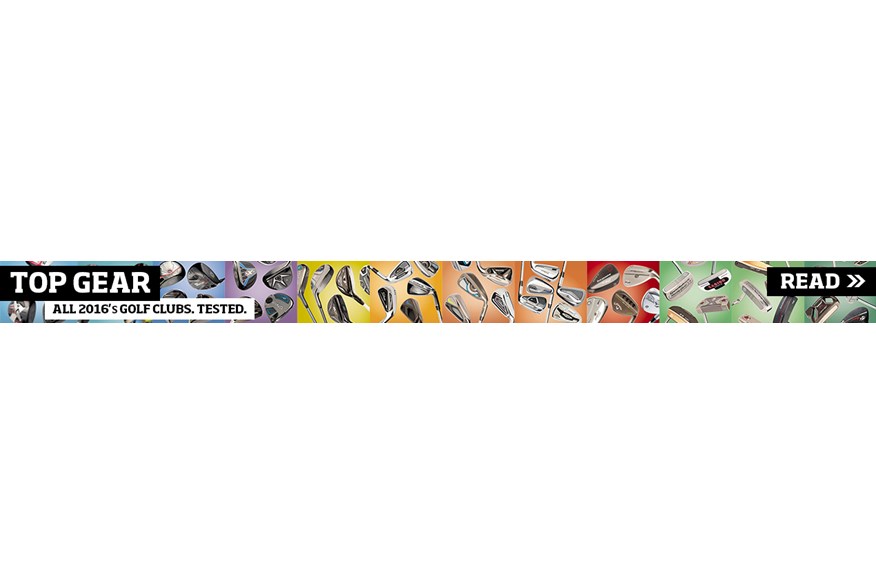Hybrids Test 2015
Last updated:
This year’s crop are the most versatile ever, blending escapology with tee-box power and towering fairway flight. But which does them all that little bit better?
Rooted in its ability to trounce irons from cuppy lies, the hybrid has evolved to become a lot more than an escape artist. When clubmakers reached the driver’s legal limits, their focus shifted to fairway woods and hybrids. The good news for us is that many driver technologies – like adjustability, variable face thickness, and optimised CG positioning – enjoy increasing presence in the latest hybrid heads. The modern utility doesn’t just get you out of a hole – it gets you much further down one. And we’ve put 16 of the latest models to the test, to see how well they do it.
Our panel of testers |
|
 |
James RidyardHandicap: Pro |
 |
Duncan LennardHandicap: 7 |
 |
Matt LeaderHandicap: 8 |
 |
David SimmonsHandicap: 14 |
How We Tested The 16 Hybrids |
|
Their very versatility makes hybrids tough to rank; how do you rate a hybrid whose design prioritises escape against another that champions power? As a consequence our hybrids test for 2015 delivers relevant performance information – gleaned from painstaking TrackMan launch monitor data-gathering – alongside our usual testing protocols.
|
Who Took Part |
|
We asked golf’s major brands to submit their latest hybrid in lofts as close as possible to 20º, and in stiff and regular flexes. We also asked them to submit the better-player versions of that hybrid, if they produced one. Sixteen brands sent in this equipment for our team to trial.
|
The Results |
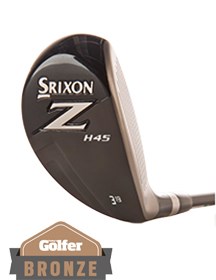 |
|
Srixon ZH45 |
|
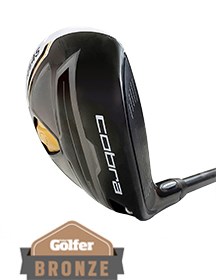 |
|
Cobra Fly Z/ Fly Z XL |
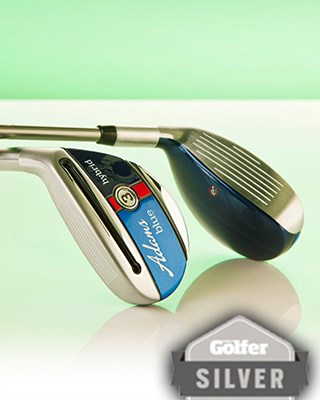 |
Adams Blue |
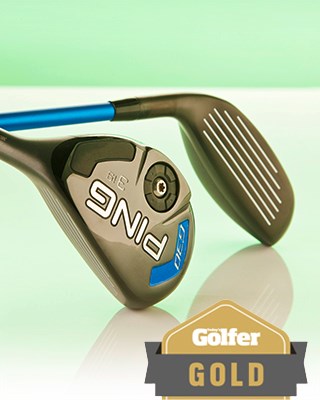 |
Ping G30 |
Four things we learned |
|
How lie and shaft length affect hybrid performance! Consider the lie angle Opt for a playing test Focus on distance gapping, not distance itself Shaft length and head size
|
